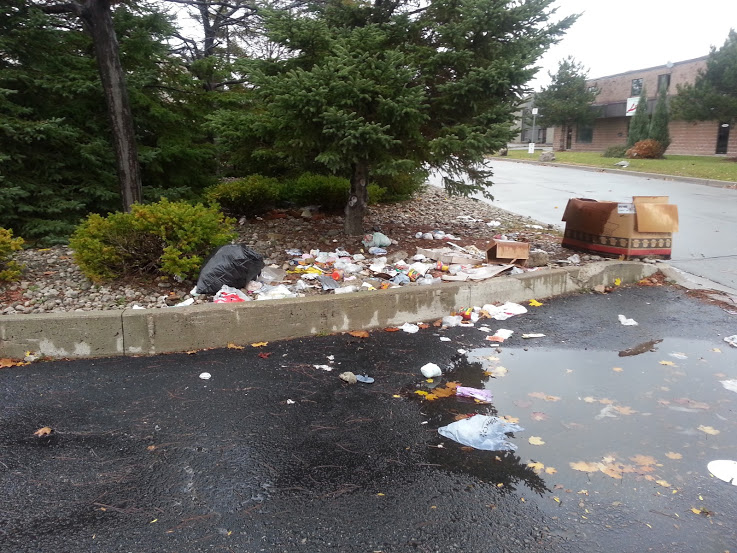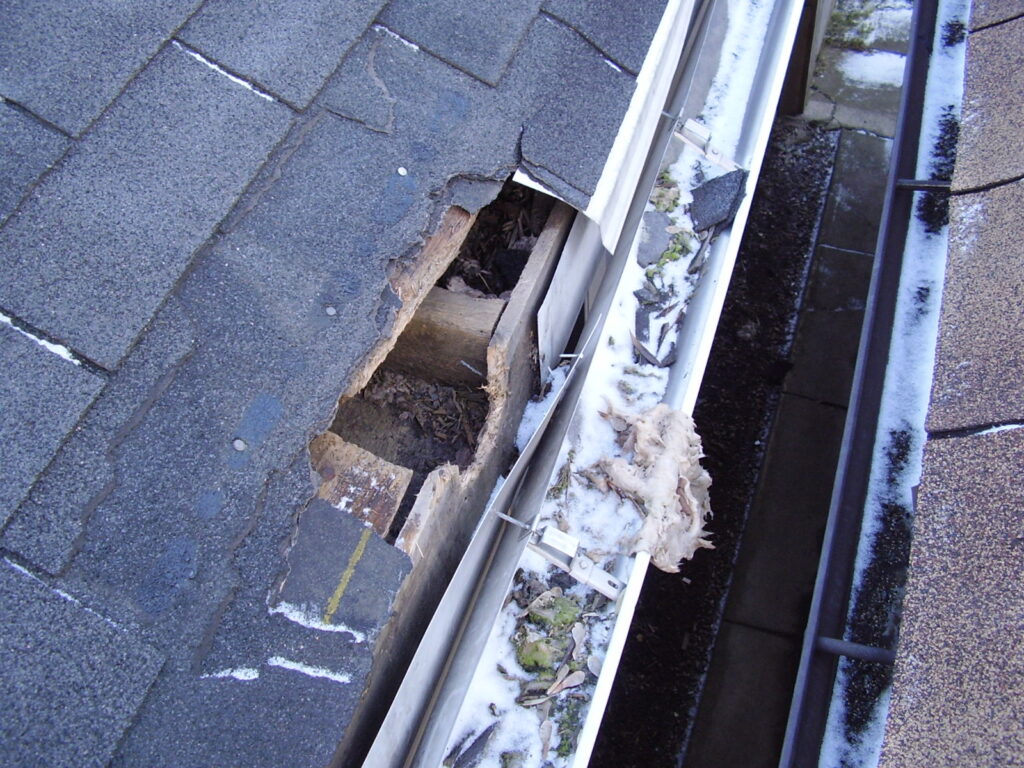Burlington is home to large wildlife populations that are as comfortable in the city as they are in the countryside. With more and more people living in close proximity to wildlife the potential for conflicts is inevitable. For many years, live-trapping wild animals and relocating them away from urban areas was the preferred method for dealing with nuisance wildlife in the city.
With time, many homeowners and municipalities have come to learn that this one-size-fits-all solution falls short then dealing with complex wildlife conflicts. There’s just no way to live-trap all the raccoons, squirrels, skunks and birds found in Burlington.
All animals require access to food and shelter for their survival. Successful urban wildlife species are those that have been able to adapt their behaviour to unnatural surroundings. Raccoons in the city are better fed than their cousins in the country because of all the food they find rummaging in garbage bins. Skunks find more den sites under decks, porches and sheds in the city than they ever could in the forest.
Identifying and removing attractants like food and shelter from your property is one of the best ways to reduce conflicts with the wildlife we share our neighbourhoods with.
Removing Food Sources
Feeding wildlife is a sure fire way of attracting them to your home, but it can also have unintended consequences. Well-fed animals give birth to larger litters and can increase populations beyond natural levels. All those animals need a place a stay and that puts your attic, porch or chimney at greater risk for infestation.
Common wildlife food sources found around homes include:
- Bird feeders
- Unsecured garbage and compost
- Gardens
- Lawn grubs
- Standing water
Gardens are the most difficult to defend against clever animals, but a motion-sensor water sprinkler might just help to keep them away.
Eliminating Shelter
Maintaining your home and yard is the best way to eliminate potential den sites before wild animals occupy them. Urban wildlife species are opportunistic and easily take advantage of even the smallest opening. It’s far easier to prevent an infestation than it is to remove it and clean up after.
Here’s what you can do around your home and yard to keep pests away:
- Remove clutter and debris that might harbour smaller animals like mice and rats
- Trim back tree limbs and branches to limit roof access
- Make sure that decks and sheds cannot be burrowed underneath
- Clean eavestroughs and gutters so that water doesn’t build up
- Replace and repair roof and shingle damage
- Cover vent openings and chimneys with heavy gauge screening
- Seal cracks and crevices
What to do if it’s too late?
The truth is that even if you do your best to eliminate food and shelter for wildlife around your home there’s always a possibility of an intrusion into your attic, chimney, shed or deck. Fortunately, there are professionals like Skedaddle Humane Wildlife Control out there who can help solve the problem. Skedaddle has been removing wildlife from Burlington homes and protecting them against intrusion since 1989.
We don’t suggest taking on wild intruders on your own. Keeping wildlife out of homes requires skill and experience and mistakes can result in injury to yourself or the animals and further damage to your home.
If you suspect your house has unwanted visitors then call Skedaddle today at 905-574-7777!




